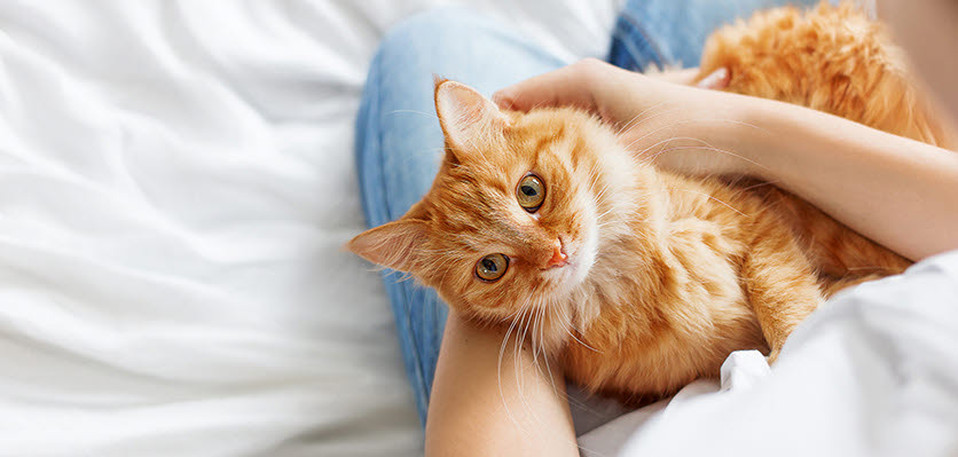Are Australian cats being provided their fair share of toilets?
17 May 2018
Cats are the second most common pet in Australia with 29 percent of households owning a pet. But with increasingly more cats living inside, what do cat owners need to consider to ensure they are happy and healthy?
Dr. Andrea Harvey, from the University of Technology Sydney and International Society of Feline Medicine, will be answering this question at the Australian Veterinary Association (AVA) Annual Conference in Brisbane.
According to Dr. Harvey, legislation is leaning towards compulsory confinement of pet cats to reduce predation of wildlife and the nuisance behaviour of stray cats.
“There are also additional benefits in terms of the health and safety of pet cats such as reducing the risk of road accidents, snake bites, tick paralysis and transmission of infectious diseases. However, if the environmental, behavioural and nutritional needs of cats are not met within a contained environment, significant welfare compromises can occur,” she said.
To find out more, Dr. Harvey and Masters student, Dr. Gabrielle Lawson (the University of Edinburgh and The Cat Clinic Hobart) conducted an online survey of 12,010 cat owners in Australia, questioning them on lifestyle factors including feeding, toileting, and environmental enrichment.
“With close to half of the respondents being multi-cat households, the most significant deficiency we identified was an inadequate provision of toileting facilities and insufficient cleaning of litter trays.
“On top of this, the incidence of urinary tract problems was found to be significantly higher in multi-cat households, those with low numbers of litter trays, less frequent cleaning of the trays of faeces and the use of crystal type litter,” she said.
Dr. Harvey says these findings are very significant given that urinary tract disorders are a common cause of illness and mortality in cats and that elimination outside the litter tray has been identified by the RSPCA as a reason for people to relinquish their cats.
“Improvement in the provision and management of toileting facilities has the potential to enormously improve the health and welfare of millions of Australian pet cats.
“The good news is that the results of the survey reveal that cat owners are more likely to seek advice from a veterinarian than any other source so are therefore in a good position to make improvements to the welfare of pet cats,” she said.
AVA President, Dr. Paula Parker, said that cats make great pets and play an important role in the health and wellbeing of the community. It’s important for cat owners to properly care for their pets and providing appropriate environmental enrichment for contained cats is a critical part of that.
“Benefits of cat ownership can include companionship, health and social improvements and assistance for people with special needs.
“It is essential that the physical, social and welfare requirements of cats are considered before they are acquired, not just the needs and wants of the owners. This commitment and duty of care remain throughout the life of the animal.”
For further information and requests for interviews contact the AVA media office on 0439 628 898 or media@ava.com.au.
The Australian Veterinary Association (AVA) is the only national association representing veterinarians in Australia. Founded in 1921, the AVA today represents 9000 members working in all areas of animal science, health, and welfare.
